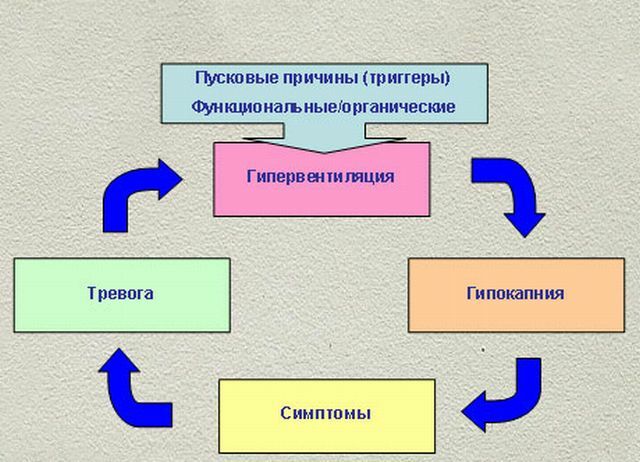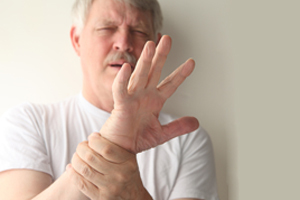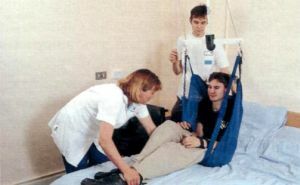 Tetraplegia( quadriplegia) is a complete or partial paralysis of the upper and lower extremities, most often caused by a spinal cord injury from 1 to 8 levels of cervical vertebrae. The consequence of a trauma to the cervical spine is damage to the spinal cord.
Tetraplegia( quadriplegia) is a complete or partial paralysis of the upper and lower extremities, most often caused by a spinal cord injury from 1 to 8 levels of cervical vertebrae. The consequence of a trauma to the cervical spine is damage to the spinal cord.
The level of paralysis of the limbs depends on the degree of damage to the spinal cord, whether there are fragments of bone tissue in the cerebrospinal fluid, a complete rupture of the brainstem or it is absent.
It is rare to meet people with completely identical injuries, they all proceed in different ways.
Contents of
Features of patients with tetraplegia
- Features of patients with tetraplegia
- Features of provocateurs
- Symptoms of
- syndrome Differences of tetraplegia from tetraparesis
- Diagnosis and therapy methods
- Possibility for childbirth
- Forecast and consequences
Features of patients with tetraplegia
In case of injury to cervical vertebrae, the patient partially or completely loses sensitivity. He can not feel the touch, pain, temperature, there is no possibility to control the intestine and bladder, blood circulation is completely disturbed. People with such injuries are also called spinals or cervical spines.
Seams are prone to bedsore formulations so it is recommended to schedule a patient to turn over. It is also important to pick the right mattress on the bed to avoid strong pressure sores and the resulting consequences.
Patients with cervical and thoracic injuries often develop hypertension and muscle spasms. Increased tone can lead to the development of contractures.
Muscle spasms or spastic manifestations can be flexor and extensor. Spastica manifests itself in the twisting of the fingers, the patient can not collect them into a fist.
With quadruplegia, thermoregulation and sweat gland function are disrupted. In winter, such patients are very cold, and in hot weather they are exhausted from the heat. Therefore it is undesirable to take them with you in hot weather at sea.

Factors-provocateurs
The main cause of tetraplegia is injury to the spinal cord. Other factors:
- accidents, sports injuries, falls, etc.;
- infectious diseases;
- tumors;
- inflammatory diseases: poliomyelitis, transverse myelitis;
- congenital malformations: muscular dystrophy, etc.
In some cases, disruption of the integrity of the spinal cord is not accompanied by damage to the spine.
Symptoms of
Syndrome On visual inspection, the physician observes impairment of the patient's motor functions. Also, when collecting information it turns out that a person can not control the intestines and genitourinary system. Often, when the patient is disturbed respiratory function, digestion and many other vegetative functions.
Loss of sensation is the numbness of the limbs. The symptoms and level of paralysis depends on the degree and place of damage to the spinal cord. 
The main symptoms of tetraplegia:
- uncontrolled muscle contraction;
- tenderness in the muscles;
- vitality and fossil of limb muscles;
- loss of sensitivity;
- the patient does not react to skin injury, and also cold;The
- person does not control the thoracic and pelvic muscles.
But there are also such patients who will forever be chained to a wheelchair, they may have a weak sensitivity to touch, and also the ability to wiggle fingers. All these consequences directly depend on the degree of disturbance of the cells of the spinal cord.
Symptoms and functional disorders in patients with spinal cord injuries in different parts of the cervical vertebrae:
- Damage at the 3rd, 4th and 5th levels of the cervical vertebrae .There is a violation of the contractile ability of the diaphragm, which can make breathing difficult.
- Trauma at level 5 .The contractility of the shoulder muscles is violated, which leads to the inability to flex and flex the arms at the elbow.
- Trauma at level 6 .Impaired motor ability in the wrists.
- 7 level of the cervical vertebrae .Violated flexion work in the ulnar section and in the wrist.
- Trauma at the 8th level of the vertebrae leads to a disruption in the bending of the fingers.
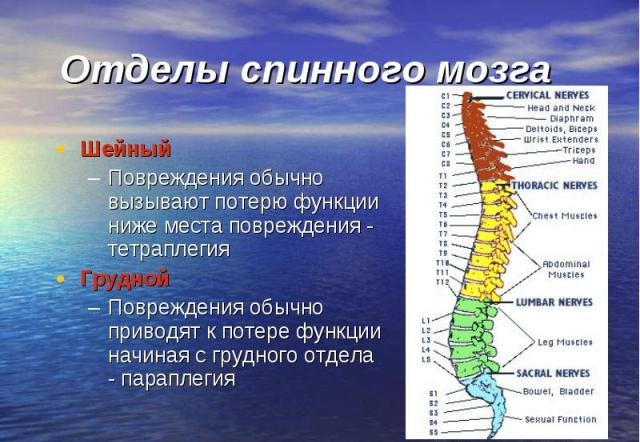
Very often, tetraplegia causes a number of complications in the patient, because it is temporarily or permanently immobilized, which leads to pressure sores, pneumonia, osteoporosis, the occurrence of infectious and respiratory diseases, the formation of kidney stones and deep vein thrombi, leading to cardiovascular diseases.
Differences of tetraplegia from tetraparesis
The manifestations of tetraplegia are similar to tetraparesis, but the difference is that paresis often occurs due to congenital pathologies and diseases that often manifest themselves in the aggregate.
Tetraparez very often occurs when a child is born, which leads to cerebral palsy. With quadriplegia, the main cause is trauma and more often it occurs in adults.
Also, with tetareparesis, medication and surgical treatment can not put a person on their feet. Treatment and rehabilitation are aimed at reducing the spasticity of the limbs, as well as restoring metabolic processes and conducting nerve impulses.
With quadruplegia with timely treatment there is a great chance of recovery.
Diagnosis and therapy methods
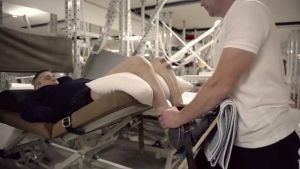 When suspected of damage to the spine and the spinal cord, the first thing done is MRI, where the degree of damage, as well as the presence of bone fragments, will be detected.
When suspected of damage to the spine and the spinal cord, the first thing done is MRI, where the degree of damage, as well as the presence of bone fragments, will be detected.
Proper treatment at an early stage of the manifestation of symptoms will stop inflammation, which will avoid paralysis.
After the trauma and diagnosis of tetraplegia, the doctor should immediately begin treatment of the patient.
First aid for traumatizing spinal cord cells is to prevent further damage to the spinal cord.
In addition, physicians should monitor cardiac performance, pressure and respiration rates. In some cases, an urgent operation is required to extract fragments and foreign parts in the spinal cord. Also, the operation can be performed to stabilize the spine.
Unfortunately, not one kind of surgical intervention will not be able to repair damaged tissues of the spinal cord. Also, such tissues may tend to spread. This is associated with accompanying inflammatory processes, due to deterioration of blood circulation and pressure decrease. This inflammation often leads to complete cell death.
If you help in the first 8 hours after injury, you can stop the inflammation. For this, corticosteroids are used. But it is worth knowing that such drugs cause many serious complications.
Therefore, before they are appointed, the physician should be sure that this drug will benefit the patient more than damage the resulting series of side effects after. 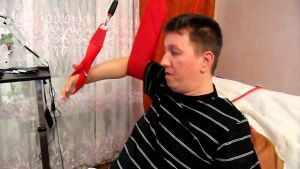
After the treatment, everyone with tetraplegia must undergo a rehabilitation course. Physiotherapy will help to eliminate the risk of muscle atrophy.
Passive treatment is aimed at the development of the functions of the hands and feet, for this use various methods of stimulation, for example electrodes. Such muscular stimulation gives the patient a chance to restore the motor functions of the upper and lower extremities.
Because the patient can not control the genitourinary system, he is implanted with a catheter, which must be checked for obstruction.
The ability to childbearing
Despite the severe impairment of the body's functions, including the genitourinary system, when a spinal cord is damaged, a woman does not lose the ability to have childbearing. She also continues to have menstruation and fertility.
Despite the disease in women, the sensitivity of intimate zones remains.
Methods of contraception in the form of spirals and hormonal drugs are contraindicated, since they are ways to cause problems with blood circulation in the lower extremities, becausethere is no sensitivity. Also, hormonal drugs can cause infectious diseases in the pelvic region.
Prediction and consequences of
If tetraplegia is not diagnosed at the right time - this can lead to serious consequences.
With qualitative rehabilitation, you can achieve progression in the movements of the hands, legs and trunk, get rid of spasticity.
When traumatizing this kind of character, you do not need to lose heart, it's worth assembling and learning how to walk again. With the support of family and friends, as well as with appropriate therapy, you can achieve good results.

